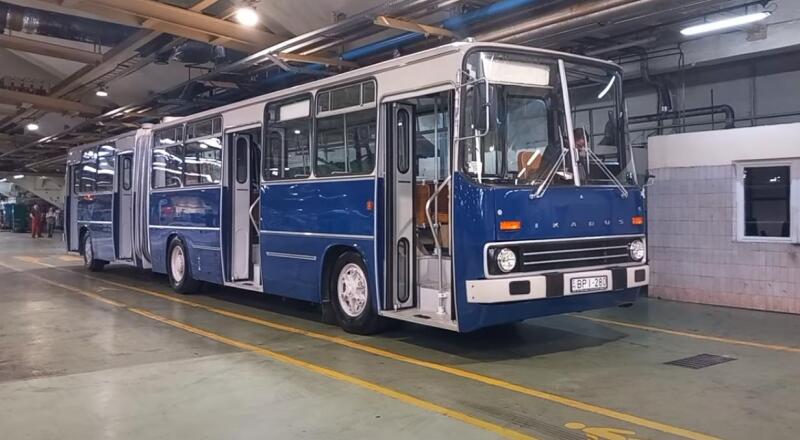Decarbonizing aviation is no easy task, and the challenge lies in the need to pack as much energy into the lightest form possible. And it is very difficult to compete with aviation fuel in this matter. Electric versions are also unlikely to solve the problem, especially given the level of development of battery energy storage systems. But lately the hydrogen topic has been steadily gaining momentum.
 This is what a test facility for an airliner looks like, adapted to run on liquid hydrogen fuel modules Photo: YouTube.com
This is what a test facility for an airliner looks like, adapted to run on liquid hydrogen fuel modules Photo: YouTube.comAt this stage, most often hydrogen is used on board as a compressed gas and then passed through a fuel cell to power electric propellers. H2 gas can provide nearly twice the range of an aircraft compared to a battery. And this naturally opens up opportunities for regional, short-haul, zero-emission flights.
Universal has already achieved some success in this area. Last year, the company flew the largest hydrogen fuel cell aircraft ever built. However, the use of hydrogen gas introduces some adjustments - airline operators will have to significantly reduce their seating capacity.
For example, usually the Dash-8 can accommodate up to 56 passengers, but in the environmentally friendly hydrogen version, 16 seats will have to be abandoned. But the flight range of such an airliner will be 460 miles (740 km). And such a solution, according to a Universal representative, could cover about 75% of the routes usually served by aircraft of this class.
 Filling the fuel module with liquid hydrogen. Photo: YouTube.com
Filling the fuel module with liquid hydrogen. Photo: YouTube.comBut it seems they are not going to stop there, and are confidently “stepping” in the direction of cryogenic liquid hydrogen. A key challenge to achieving 100% flight coverage for regional aircraft is the ability to store this type of fuel at incredibly low temperatures, below 20 K (-253 C), to keep it in a liquid phase and prevent it from boiling off.
It must be said that aviation power units using liquid hydrogen lag behind engines using gaseous hydrogen by several years and are just leaving the research stage. Just last September, H2Fly completed the world's first manned flight of the Pipistrel Taurus, a twin-aisle aircraft powered by liquid hydrogen.
Then, based on the results of flight tests, the company reported that the transition to liquid H2 practically doubled the airliner’s cruising range compared to what it was capable of on compressed gas, so the potential, as they say, is “in sight.”
Universal Hydrogen has been working for some time to develop a modular liquid hydrogen fuel system at a scale consistent with its megawatt-class propulsion system for midsize airliners such as the Dash-8 and ATR-72. Externally, it looks exactly the same as a regular air cargo container. It can be filled at a ground facility and then loaded and removed from the aircraft for refueling using the same equipment that would normally be used to load cargo.
Each liquid hydrogen fuel module has a capacity of approximately 200 kg (441 lb), incorporating a double-walled, vacuum-insulated tank. Each also has a built-in heat exchange system that takes hot coolant from the electric motors and uses it to vaporize liquid H2. This converts the fuel into a gaseous form that can be passed through the fuel cells.
In addition, exhaust gas venting and leak detection systems are also provided to ensure safety.
 Hydrogen fuel modules are loaded into Lightning McClean using conventional loading equipment. Photo: YouTube.com
Hydrogen fuel modules are loaded into Lightning McClean using conventional loading equipment. Photo: YouTube.comEach of these modules, placed in a converted ATR-72, provides up to 575 miles (about 926 km) of flight range. And the other day
Universal announced that for the first time it has connected a liquid H2 module to the Iron Bird ground test facility, which is the functional equivalent of the Lightning McClean propulsion system. The entire range of flight tests was carried out successfully, with constant power being provided for one hour and forty minutes.
This is the largest fuel cell powertrain ever to run on liquid hydrogen.
- said the company's president and technical director Mark Kazin.
- said the company's president and technical director Mark Kazin.
Universal plans to have this system ready for commercial passenger flights by 2026. However, they may be ahead of them. Another leading startup in this space, ZeroAvia, is also working to take things to the next level. They are aiming to increase the range of airliners by 40% compared to what liquid H2 can offer.










